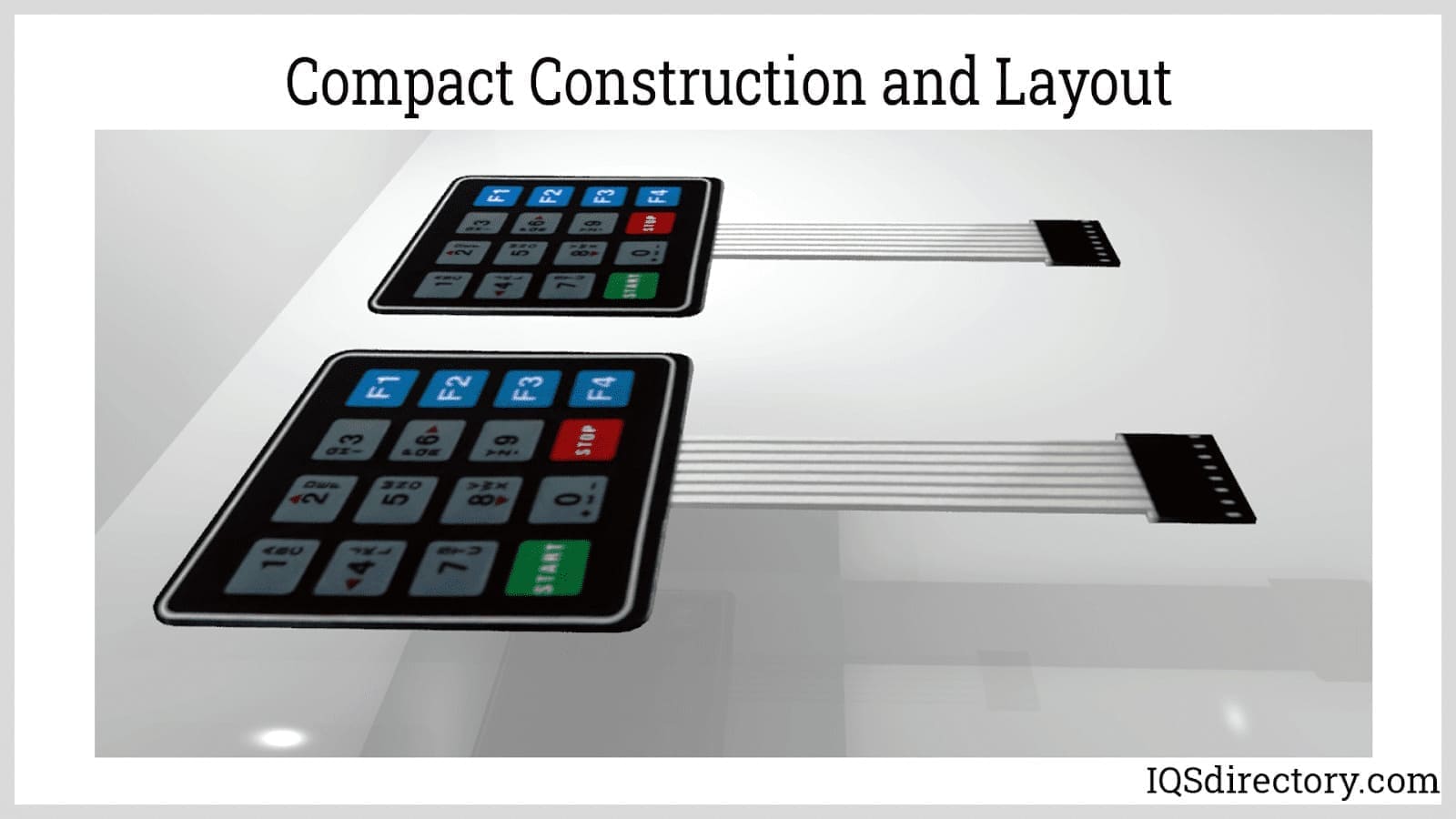The Function of a Membrane Switch in Modern Touch Interfaces and Controls
The Function of a Membrane Switch in Modern Touch Interfaces and Controls
Blog Article
How Membrane Layer Switches Over Add To the Toughness of Electronic Control Panels
Membrane layer switches play a critical function in enhancing the sturdiness of electronic control panels, primarily with their multi-layered construction which provides effective defense against ecological elements such as dampness and dirt. The lack of moving parts substantially minimizes the likelihood of mechanical failings, making membrane switches suitable for demanding applications.
Meaning of Membrane Switches

Membrane layer switches are designed to be slim and lightweight, making them ideal for applications where space is limited. They can be produced in various forms, dimensions, and colors, using adaptability in layout that meets visual and useful requirements. Furthermore, membrane switches can integrate numerous modern technologies, such as tactile feedback and LED signs, improving individual experience.
Due to their construction, membrane switches are often immune to dust, moisture, and general wear, contributing to their longevity popular settings. Their smooth layout not just assists in simple cleaning however also decreases the danger of mechanical failure, making them a preferred selection for producers looking for dependable interface in their electronic control panels.
Protection Against Ecological Factors
The layout of membrane layer switches over naturally offers a level of security against different environmental variables, which is essential for maintaining performance in tough conditions - Membrane Switch. These switches are usually built with layers of flexible products that secure internal elements from wetness, dust, and pollutants. By enveloping the wiring, membrane layer switches over lessen the threat of short circuits and deterioration, which can considerably harm performance
Moreover, using durable adhesives and sealers throughout production improves their resistance to ecological difficulties. Membrane layer switches can sustain direct exposure to chemicals and solvents, making them appropriate for sectors such as food processing and health care, where health and cleanliness are extremely important. Their smooth surface style also stops the buildup of dust and bacteria, facilitating simpler cleaning and upkeep.
Temperature variations are one more ecological problem, and membrane switches are engineered to operate properly across a large range of temperatures (Membrane Switch). This versatility makes sure that control board continue to be functional in numerous setups, from commercial environments to consumer electronics
Influence On Customer Interaction
Customer interaction with electronic control board is considerably influenced by the layout and functionality of membrane layer buttons. These switches give a responsive user interface that boosts the general customer experience, enabling for user-friendly navigation and control. Their responsive nature makes sure that customers receive prompt responses upon activation, which is critical for jobs needing precision and performance.
Additionally, the smooth surface of membrane layer switches promotes easy cleaning and maintenance, advertising customer confidence in the reliability of the user interface. This tidiness is especially crucial in settings where health is paramount, such as medical or food processing settings. Additionally, the compact and lightweight design of membrane switches adds to the aesthetic charm of control panels, motivating user involvement via a modern and streamlined appearance.
Furthermore, the integration of visual aspects, such as printed symbols and backlighting, helps users quickly recognize functions, reducing the learning contour linked with new devices. Therefore, users can operate devices better, leading to boosted performance and satisfaction. In summary, membrane switches play an essential duty in enhancing user communication by incorporating capability, aesthetics, and ease of use, eventually bring about enhanced functional performance.
Layout Adaptability and Customization
Style adaptability and modification are necessary facets of membrane switches, allowing suppliers to tailor digital control panels to certain applications and customer demands. This adaptability permits for the combination of different style elements, such as colors, graphics, and textures, which can go to the website enhance the aesthetic appeal and customer interaction of the control panel.
Membrane switches can be personalized in shapes and size, fitting a wide variety of gadgets and applications, from commercial machinery to customer electronic devices. This adaptability ensures that manufacturers can create instinctive user interfaces that align with individual expectations and functional requirements. In addition, the ability to include special features such as backlighting or responsive comments additionally boosts usability, enabling for an extra interactive experience.
Furthermore, the go now production procedure for membrane switches sustains the rapid prototyping of styles, allowing manufacturers to iterate and improve their concepts rapidly. This capacity not only speeds up the growth timeline yet additionally guarantees that the last item meets certain functional and visual criteria.

Cost-Effectiveness and Longevity
Cost-effectiveness and long life are considerable advantages of membrane layer switches, making them an eye-catching alternative for producers and end-users alike. These switches are normally less costly to generate than traditional mechanical buttons, primarily because of their simplified production procedures and the minimized number of elements needed. This expense benefit prolongs not only to initial manufacturing but additionally to lasting functional expenses, as membrane layer switches often need less maintenance and have a lower failing price.
Furthermore, the durability of membrane layer switches contributes to their overall value. Constructed from long lasting products, they are resistant to environmental variables such as moisture, dirt, and chemicals, which can result in premature wear in various other switch kinds. The absence of relocating parts decreases mechanical failing, allowing membrane layer switches to maintain functionality over prolonged periods.
This resilience is particularly valuable in applications needing regular performance under demanding conditions, such as medical gadgets and commercial equipment. Ultimately, the mix of cost-effectiveness and long life makes membrane official source changes a financially sensible choice for makers, providing dependable remedies that endure the examination of time while optimizing budgetary considerations.
Conclusion
In final thought, membrane layer buttons considerably boost the durability of digital control panels via their durable building and construction and protective features - Membrane Switch. In general, membrane layer changes stand for a dependable and economical choice for boosting the durability and capability of electronic control systems.
Report this page